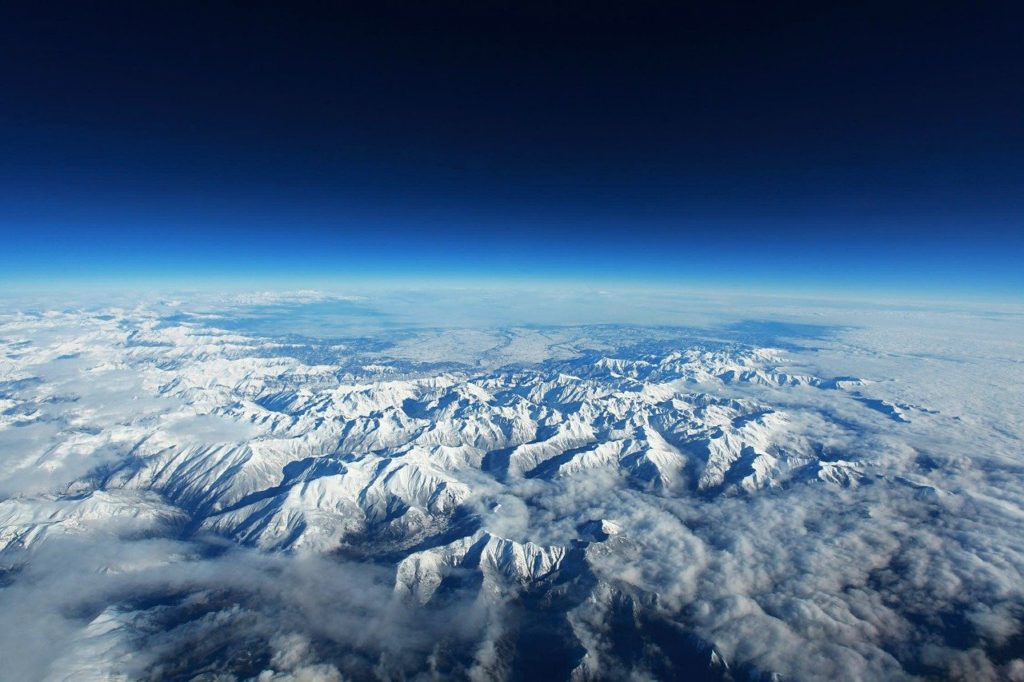
Well, first because it is cold, damn cold as they say. We are actually talking about drilling in Canadian Arctic waters. It is hard enough to drill in warm water but drilling in Arctic water is that much tougher because of the remoteness and the weather.
Drilling Ban
However, right now, the even bigger reason is that is is forbidden. Justin Trudeau, the Canadian prime minister let it be know in December 2016 that oil companies could not drill in Arctic offshore water. Because of this, the Canadian government has been returning the deposits they received from major oil companies to the tune of hundreds of millions of dollars.
The ban extends through the end of 2021 and then will be reviewed. The review will be based on the latest science in terms of the potential environmental hazards and whether the drilling can be done safely with minimal risk to the environment. This review process is to take place every five years.
Little Demand if Ban Lifted
Even, if the next review decides to allow drilling to move forward, it is quite likely that none of the oil companies will have any interest. Currently, with new drilling technologies, there is enough oil in other parts of the world that is much easier to access. So, cheaper oil with less risk.
Drilling Problems
There are a number of problems with drilling in the Arctic. One is noise. That may seem odd since there is nothing nearby to hear anything. But when you consider marine animals as well as humans that changes. Between seismic exploration and drilling there is a lot of noise that can impact the various animals from whales to seals and walruses among others.
Next is remoteness. Getting supplies and equipment there is daunting. But also, if there is a spill, getting equipment there for the cleanup will be very difficult.
Sea ice is another issue. Not only in taking it into account when constructing oil rigs but once again in terms of clean up. There aren’t good methods of cleaning up oil in icy water and impossible if it flows under ice.
Ecologic recovery time is extremely slow in the Arctic so any problems could decades or longer for the environment to recover unlike in warmer climates.
Finally, there is natural gas and flaring. Because it is unlikely that an LNG facility will be created, the natural gas is likely to be flared off. That is better than letting it vent into the atmosphere because it can be a potent greenhouse gas. However, it can produce black carbon which absorbs heat and will melt snow and ice much faster when it lands on it. It also creates respiratory problems for the people who do work or live in the area.
With all these issues and risks, it is unlikely that we will ever see oil drilling in Canadian Arctic waters.
Invest in US Oil Wells
Only large companies can even think about drilling in the Canadian Arctic. However, for qualified investors, there are possibilities for investing in smaller oil wells in the US. See this post about it.